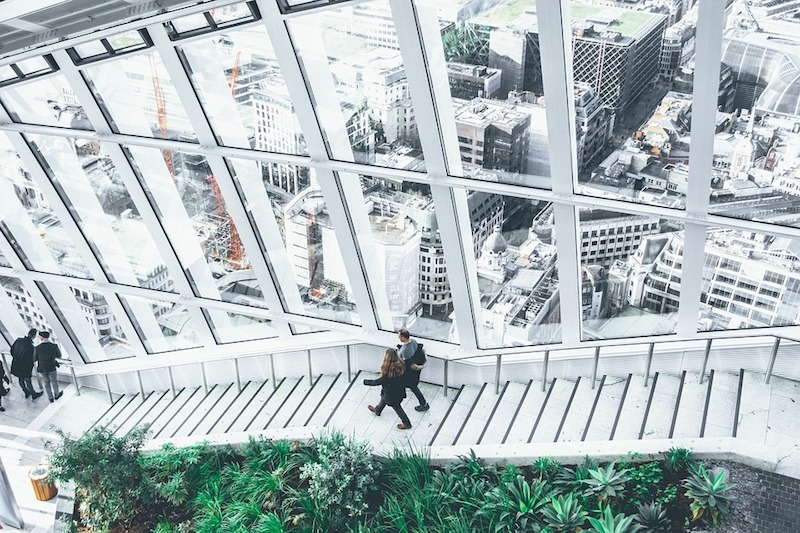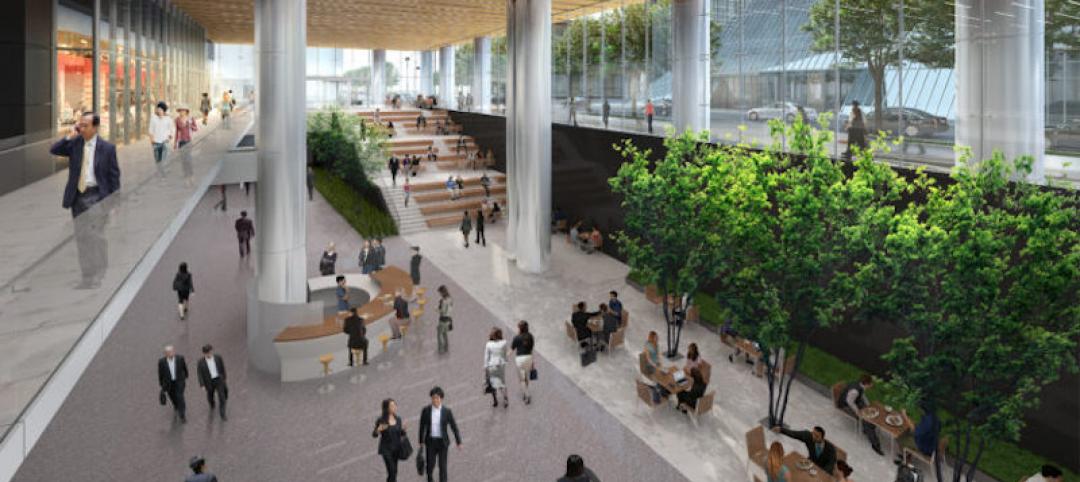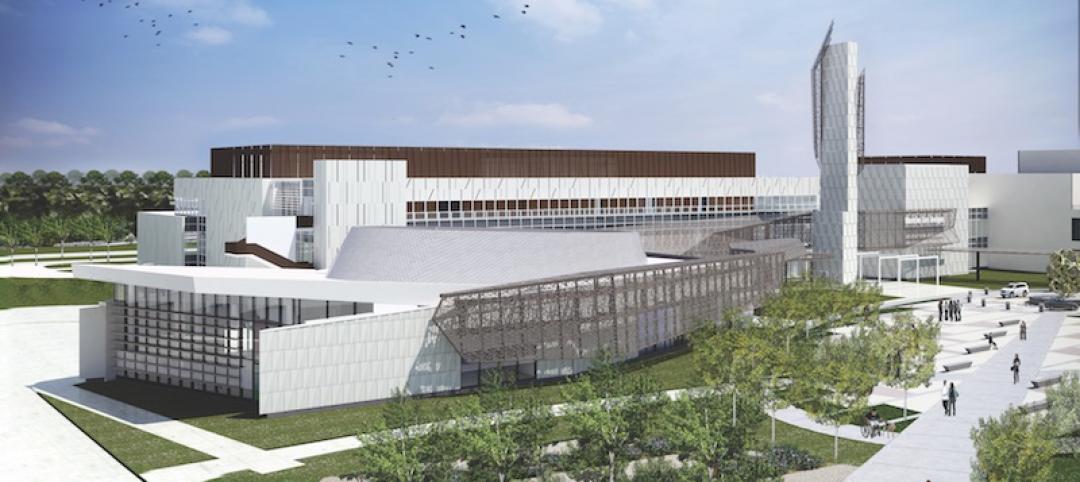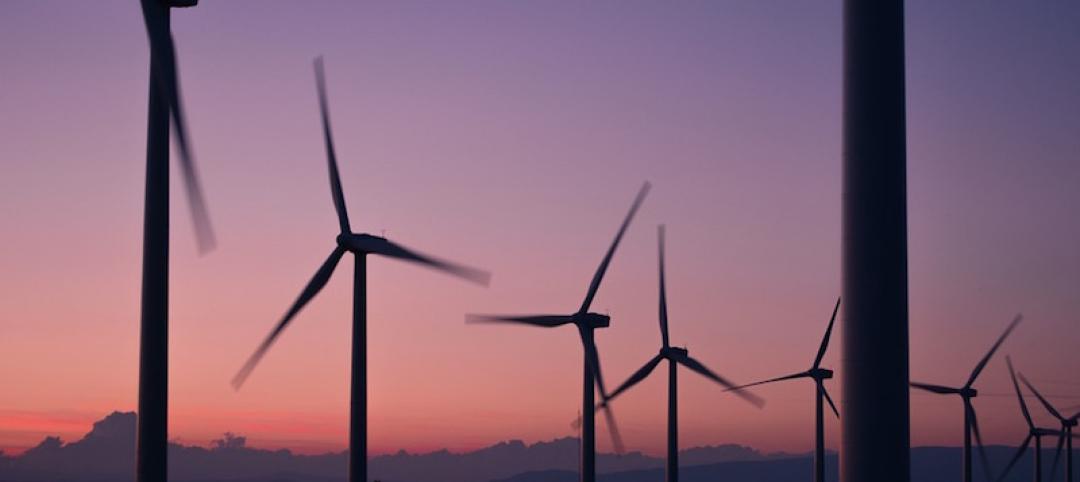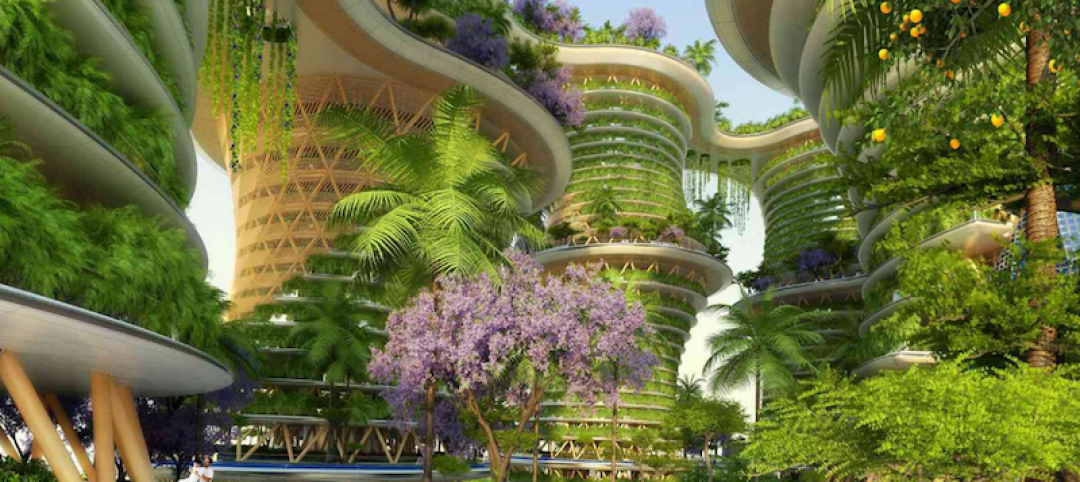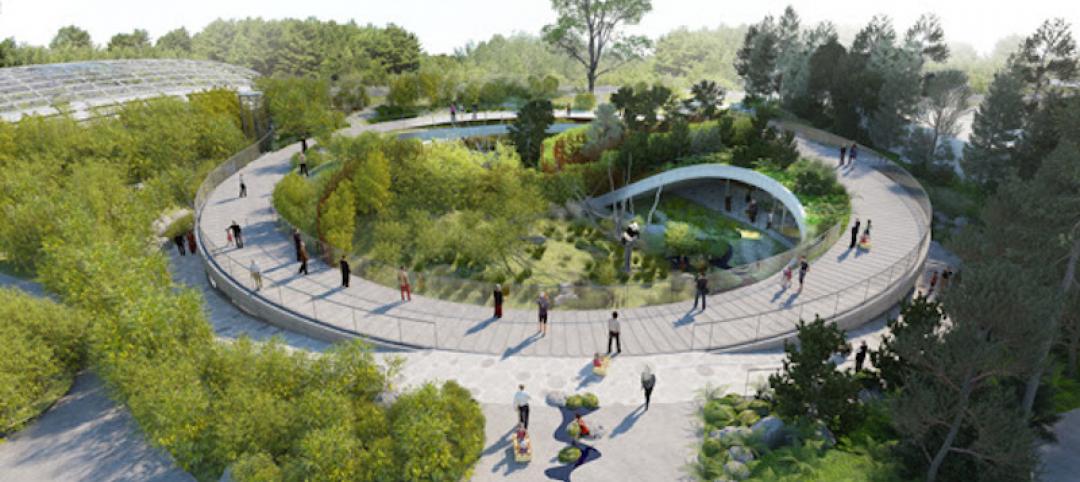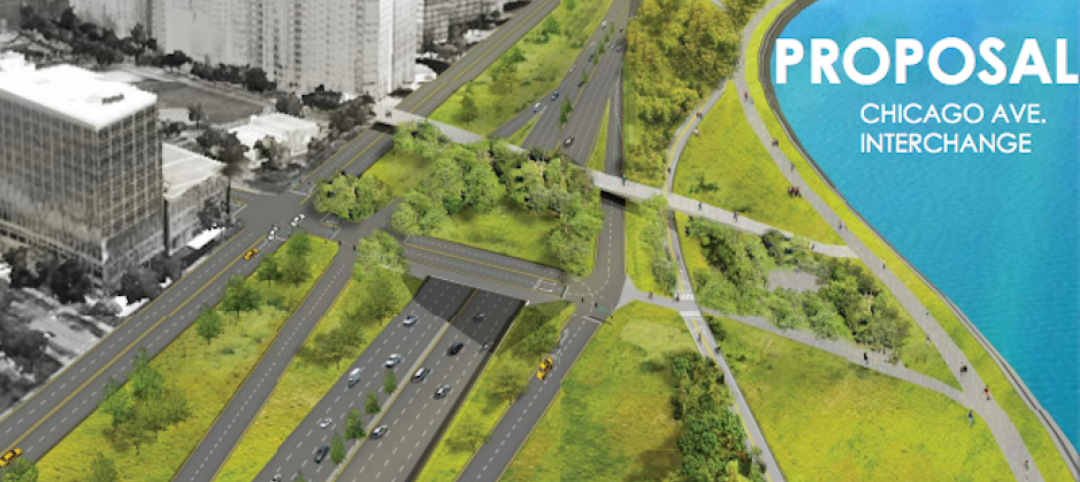According to a new recently released survey from the U.S. Green Building Council (USGBC), employees who work in LEED-certified green buildings are happier, healthier, and more productive than employees in conventional and non-LEED buildings. The survey also shows that a majority of office workers want to work for companies that are value-oriented, take stances on important issues like sustainability, and do their part for making a positive difference in the world. In fact, 84% of respondents prefer to work for a company that has a strong, concrete mission and positive values.
When it comes to choosing a new job, findings show that people’s decisions were influenced by whether or not the workplace was in a LEED-certified building. More than 90% of respondents in LEED-certified green buildings say they are satisfied on the job and 79% say they would choose a job in a LEED-certified building over a non-LEED building.
“We discovered that today’s employees are more motivated than ever to work for a company that promotes not just a higher standard of living for its employees, but also of its community,” said Mahesh Ramanujam, president and CEO, USGBC. “In today’s highly competitive job market, if companies want to attract and retain highly-skilled, talented employees, they must demonstrate a commitment to environmental, human, and economic sustainability.”
LEED buildings are linked to improved productivity, health, and wellness, and the survey showed that these attributes, as well as a space that provides clean and high-quality indoor air, directly contribute to employees feeling happy and fulfilled at work. More than 80% of respondents say that being productive on the job and having access to clean, high-quality indoor air contributes to their overall workplace happiness.
In addition, 85% of employees in LEED-certified buildings also say their access to quality outdoor views and natural sunlight boosts their overall productivity and happiness, and 80% say the enhanced air quality improves their physical health and comfort.
The survey, conducted by Porter Novelli on behalf of USGBC, included 1,001 workers in the U.S. who are employed full-time or part-time, or self-employed but work in an office building setting.
Related Stories
Sustainability | Apr 19, 2017
Embracing the WELL Building Standard: The next step in green
When you consider that 90% of our time is spent in buildings, how these environments can contribute to workplace productivity, health, and wellness is the logical next step in the smart building movement.
Multifamily Housing | Apr 18, 2017
Hanging Gardens-inspired CLT residential development proposed for Birmingham
Garden Hill will provide an ‘oasis-like residence’ for Birmingham’s growing, multicultural student population.
Healthcare Facilities | Apr 14, 2017
Nature as therapy
A famed rehab center is reconfigured to make room for more outdoor gardens, parks, and open space.
Green | Apr 14, 2017
Sunqiao looks to bring agriculture back to Shanghai’s urban landscape
Vertical farms will bring new farmable space to the city.
Sustainability | Apr 13, 2017
How to make a concrete bunker livable
SOM’s design for New York’s second Public Safety Answering Center leans on strategically placed windows and the outdoor environment.
Green | Apr 11, 2017
Passivhaus for high-rises? Research demonstrates viability of the stringent standards for tall residential buildings
A new study conducted by FXFOWLE shows that Building Teams can meet stringent Passivhaus performance standards with minimal impact to first cost and aesthetics.
Codes and Standards | Apr 6, 2017
Product-specific EPDs seen as key aid to earning green building credits
The product-specific EPDs allow designers to more quickly earn a LEED v4 credit in the Materials & Resources category.
Sustainability | Apr 4, 2017
Six connected CLT towers create an urban forest in India
The mixed-use towers would each rise 36 stories into the sky and connect via rooftop skybridges.
Green | Mar 29, 2017
Copenhagen Zoo and BIG unveil yin yang-shaped panda habitat
The new habitat will sit between two existing buildings, including the Elephant House designed by Norman Foster.
Green | Feb 10, 2017
Radical proposal would transform Chicago’s Lake Shore Drive and create new lakefront park space
Over 70 new acres of public space would be created between Ohio Street and North Avenue.


